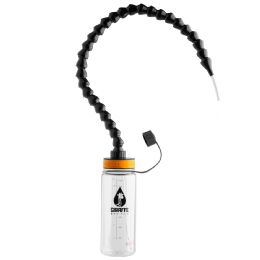
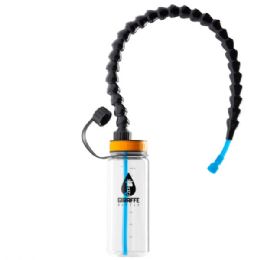
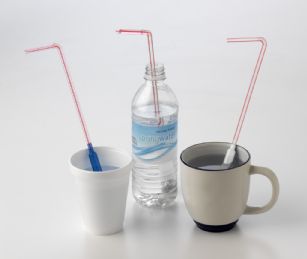
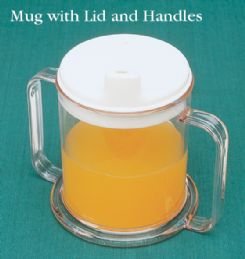
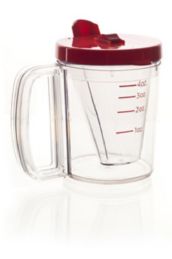











What are Swallowing Disorders?
Swallowing is a very complex process that involves good muscle control, sensation, the ability to manipulate and control food and drink in the mouth, an effective swallow reflex and coordinated breathing and swallowing. The act of swallowing happens very quickly, food and drink are moved from the back of the mouth to the stomach in only a few seconds. The first part of swallowing requires a smooth coordination of the tongue, lips, teeth, cheeks, and other oral structures to form the food and fluid into a manageable mass. This involves chewing, biting, and moving the food and fluid around the mouth using the tongue and then pushing it to the back of the mouth ready for swallowing. This part of the process is under voluntary control. The swallow reflex is triggered when the food/fluid reaches the back of the mouth. It is then pushed into the throat, down the food pipe and to the stomach within seconds. This part of the process is under reflexive control.
Swallowing disorders, known as dysphagia, happen when there is a problem with the normal ability to swallow liquids or food, and can occur for many reasons. These reasons may be temporary, permanent or degenerative (the difficulties become progressively worse). Swallowing disorders can happen suddenly as a result of an accident, injury, disease or stroke. Some people may be born with the disorder because of cerebral palsy, malformations of the oral and facial structures, or developmental disabilities which may affect the swallowing skills. Swallowing problems that occur in the elderly may be symptoms of Parkinson’s disease, Alzheimer’s disease, brain injury, stroke, or other medical conditions.
Swallowing disorders need to be carefully checked out, usually by a speech pathologist, otolaryngologist, or oncologist. They should be treated quickly as they can have serious consequences. Inhalation of food and liquid is called aspiration and this can lead to serious medical complications such as lung infections or pneumonia. For safe mealtime management of adults and children who have swallowing disorders, an awareness of the signs of swallowing problems is necessary.
How do I Choose Proper Drinking Aids?
Difficulty using and handling cups or mugs effectively can be caused by various disorders, such as tremors, reduced grip, pain or stiffness in the arms, shoulders or neck, loss of vision or loss of sensation. There are different types of drinking aids available that may help overcome these difficulties. Finding the right one for each individual’s needs can make mealtimes much easier.
Mugs or cups with large handles allow the whole hand to grip the handle or put the whole hand through the handle to grip the mug or cup. This may help if one is suffering from a reduced grip or loss of sensation in the hands because a continuous strong grip on the handle is not necessary. Cups with two handles allow the weight of the cup to be shared between both hands, which help lift and stabilize the cup more easily. A large hook-style handle is easy to use for those who are unable to pinch a small handle, or grip around a cup. The hook fits over the palm of the hand without requiring a pinch or grip.
Weighted cups may help those with a lack of muscle control or tremors in the arms or hands. The extra weight of the cup may help to restrain uncontrolled movements, but, this depends on the severity of the tremors and may not be effective for those with severe uncontrolled movements. Weighted insulated cups can protect the hands from damage when drinking cold or hot liquids.
Spill-resistant inserts are plastic devices inserted into a mug or cup to help reduce the amount of movement of the liquid in the cup. These may work for those with tremors or lack of muscle control because they can help to prevent spillage.
A cup with a lid can help prevent the spilling of its contents, and there are various styles of lids available. Commuter lids are flat with a small hole to drink from, lids with spouts may be perforated or have a small hole at the end, lids with a hole for a straw, and lids with flow control have a button to control air flow and help regulate the amount of liquid that is released. Cups with lids may help those who have tremors or lack of muscle control by helping to prevent spillage. They may also help those who have slowness of movement by helping to stop heat from escaping from hot drinks too quickly.
Insulated cups have a double wall to provide insulation and help keep the contents warm or cold longer than a standard cup. They are normally cool to the touch on the outside surface and may be suitable for those who have loss of sensation in the hands, or slowness of movement.
Cut-out or angled cups, also called nosey cups, allow a person to drink without having to tilt their head back or raise their arms as far as needed with a regular cup. The rim usually has a cut-out area or is angled to make it lower in the back. These type of cups may be helpful for those with stiffness or pain in the neck, shoulders or arms.
Straws are available in a variety of styles and lengths, and straw holders fit on top of the cup to keep the straw in one place. Straws with a one way valve keep the liquid from flowing back into the cup and can be helpful for those with poor suction. Wider straws allow thicker liquids to pass through, but require more suction to draw the liquid up the straw. Longer straws may help to avoid having to lift the cup at all, which can be helpful for those with stiffness or pain in the shoulders or arms.
Hands-free drinking equipment is available that will allow drinking without the use of hands for those who are unable to lift or drink from a mug or cup. The cup or bottle can be mounted on a wheelchair or bed frame, or positioned on a table. These systems usually have a straw with a one way valve to reduce the amount of suction required and to prevent liquid from flowing backwards.
How do I Assist Someone with Eating and Drinking?
Some people may not be able to drink and eat independently, and need assistance. There could be several reasons why someone may not be able to feed themselves, such as uncontrolled movements, inability to lift hands to mouth, or memory problems. If needing to assist someone at mealtimes, the following are some helpful tips to follow:
• Make sure the dining environment is set up properly, the dining chair should be supportive so that one can sit comfortably and in an upright position.
• Allow the person being assisted to be in control of the meal whenever possible. They should be able to select the foods to eat and to eat at their own pace.
• If providing hands-on assistance, be in front or slightly to one side of the person being helped. But, if this is too much of a distraction, being at their side may be more appropriate.
• Position the meal directly in front of the person so they can see it easier.
• Encourage the person to do as much as they can by themselves.
• Do not overload a fork or spoon, it may cause spillage.
• Give help discreetly, especially if dining with others.
• Use a bib or apron to protect the clothing if spillage is likely to happen during eating.
Rehabmart is pleased to carry a large assortment of innovative drinking cups and aids from well-respected vendors such as North Coast, Bionix Medical Technologies, Maddak, Wedge Group, Independence Medical, Sammons Preston, Freedom Dinnerware, Mckesson Medical-Surgical and others.
Hulet Smith, OT
Rehabmart Co-Founder & CEO
lb